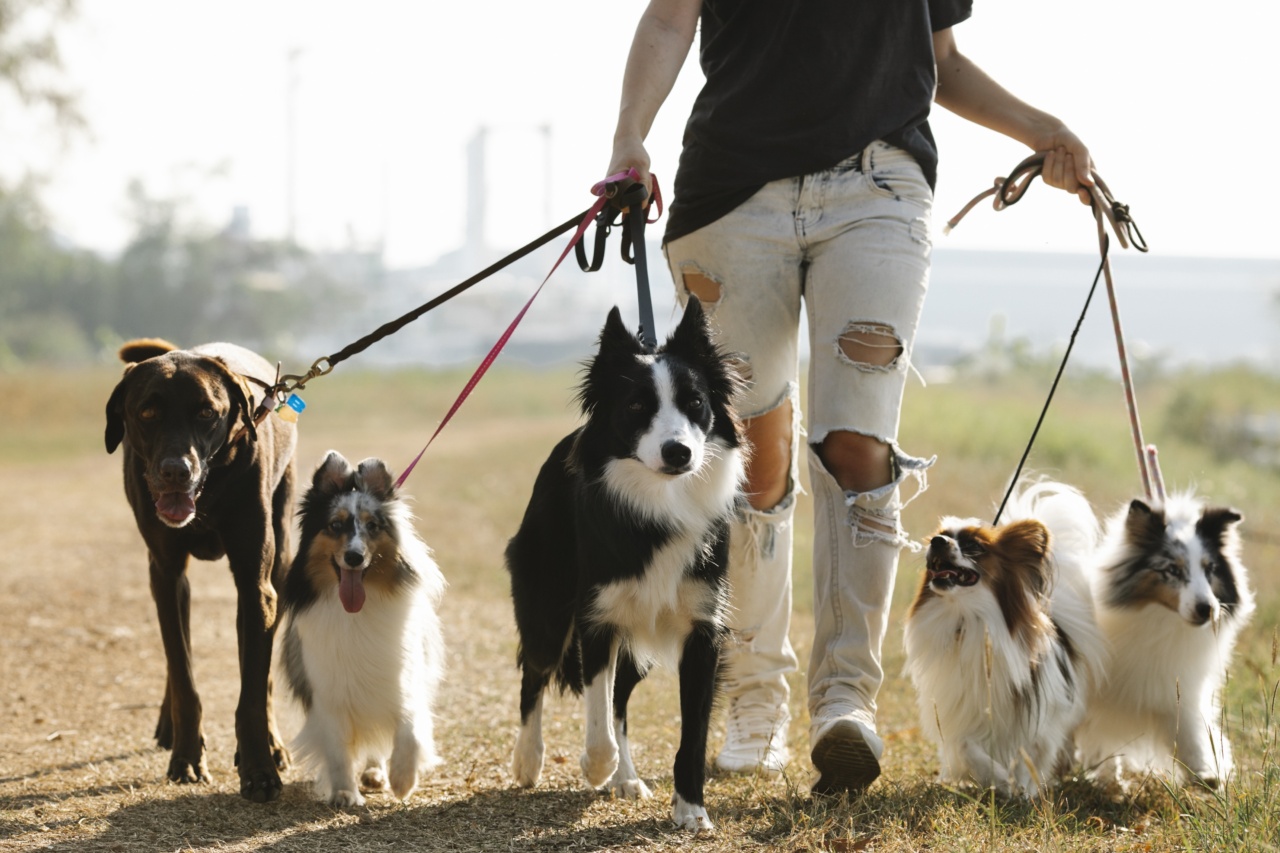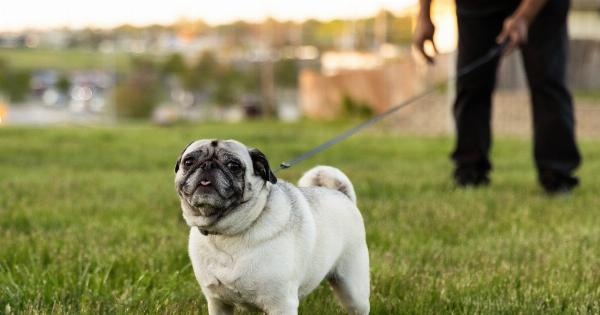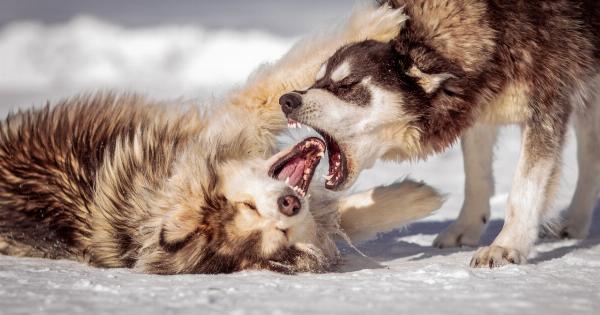Leash training is a necessary part of owning a dog, but it is not always a smooth process. One issue that many dog owners face is how to handle their dog when they meet another dog while on a walk.
This can be especially challenging if one or both of the dogs is not well-trained or prone to aggressive behavior. However, there are a few simple steps that dog owners can take to make this situation less stressful and more positive for both dogs.
Step 1: Remain Calm
It is important for dog owners to remain calm when their dog meets another dog on a walk. Dogs can sense when their owner is agitated or nervous, and this can make them more anxious or aggressive.
Take a deep breath and use a calm, reassuring tone of voice to communicate with your dog.
Step 2: Assess the Situation
Before allowing your dog to approach another dog, take a moment to assess the situation. Is the other dog on a leash? Is it well-behaved? If the other dog is off-leash or appears to be aggressive, it may be best to avoid the encounter altogether.
If the other dog is on-leash and appears to be friendly, it may be safe to allow your dog to approach.
Step 3: Introduce Your Dogs
Once you have determined that it is safe to allow your dog to approach, you should introduce your dog to the other dog in a controlled manner. This means keeping both dogs on a short leash and allowing them to sniff each other from a safe distance.
Do not allow either dog to jump up or play too roughly, as this can quickly escalate into a fight.
Step 4: Reward Good Behavior
If both dogs appear to be getting along, it is important to reward their good behavior. Praise both dogs with a pat or treat and continue walking together, keeping a close eye on their behavior.
This will help reinforce positive behavior and prevent either dog from becoming aggressive or anxious.
Step 5: Be Prepared to Separate the Dogs
Even if both dogs appear to be getting along, it is important to be prepared to separate them if necessary. Always keep a firm grip on the leash and be ready to pull your dog away if it shows signs of aggression or anxiety.
Similarly, if the other dog becomes aggressive or uncontrollable, you may need to move your dog to a safe distance until the other dog is under control.
Step 6: Seek Professional Help
If your dog consistently exhibits aggressive behavior when meeting other dogs, it may be necessary to seek the help of a professional dog trainer or behaviorist.
A trainer can help identify the underlying cause of your dog’s aggression and develop a plan to address the behavior. This may include obedience training, socialization with other dogs, or behavioral therapy.
Conclusion
Leash training and socialization are important aspects of responsible dog ownership, but they can also be challenging.
By remaining calm, assessing the situation, and introducing dogs in a controlled environment, dog owners can help ensure a positive encounter for both dogs. It is important to always be prepared to separate dogs if necessary and seek professional help if your dog exhibits aggressive behavior on a regular basis.


























